Why there's not so much buzz from Fife bees
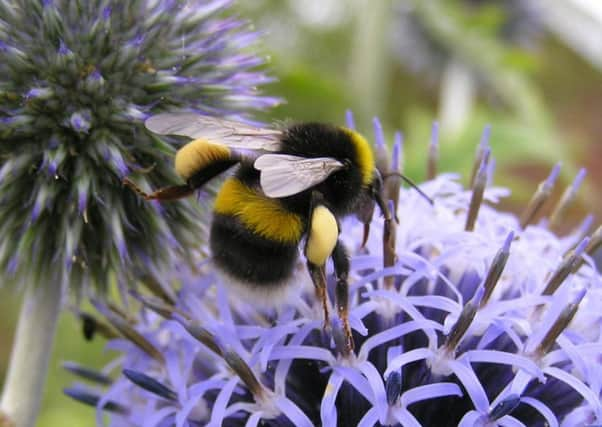

Both bees and butterflies are said to be in decline, and this summer Fifers who are out in the garden, down by the beach, or out in the park are being encouraged to be on the lookout.
The aim is to find out which species are in trouble.
Fife beekeeper Derek Abbott confirmed that the bee and butterfly populations are experiencing difficulties.
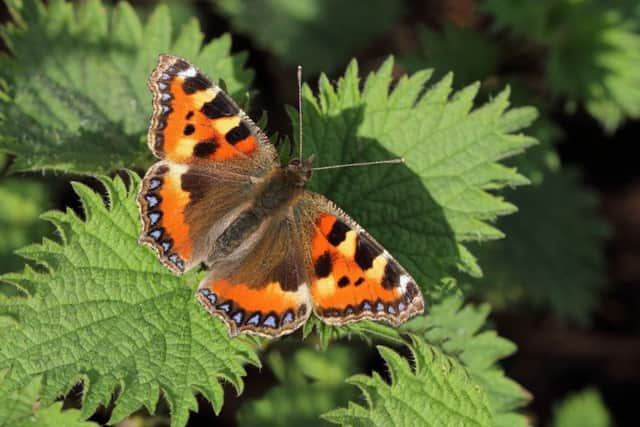

Advertisement
Hide AdAdvertisement
Hide Ad“Many species are in decline, and it’s mainly down to loss of habitat,’’ he said.
“While they may not be on the brink of extinction yet, their populations are nowhere near where they should be.
“With species like the short-haired bumblebee, they’re still relatively common, but their levels are dropping.
“When we think of species going extinct, we tend to think of far off countries in Asia or Africa, but it does happen in this country.”
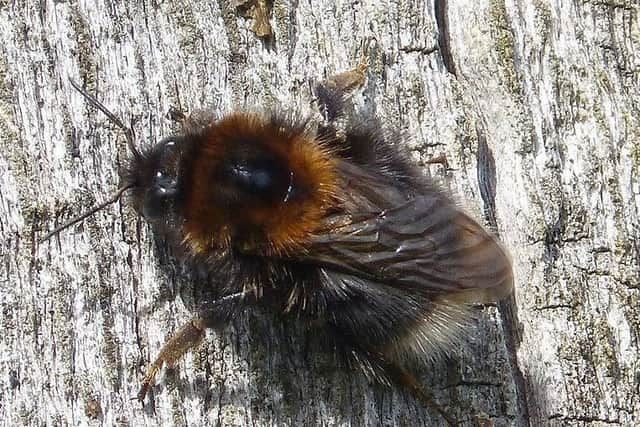

Advertisement
Hide AdAdvertisement
Hide AdHowever, despite the decline in some species, others less familiar to this area may well be moving further northward due to climate change.
“The tree bees are thought to have nipped over from France sometime after 2002, but this year they have been picked up in Kirkcaldy,’’ he added. “It can be a positive, as they’re polinators.
“The general drop that we’re seeing has a little to do with climate change, but mainly it’s down to loss of habitat.”
But is there anything we can do to help give these struggling species a fighting chance?
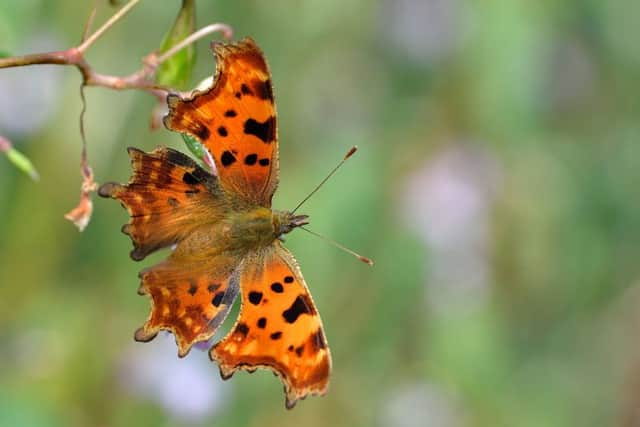

Derek thinks so.
Advertisement
Hide AdAdvertisement
Hide Ad“The main thing is ‘nothing’. Just let a little bit of your garden go wild or plant native wild flowers,” he said.
“It can be a great excuse for not maintaining a small patch. It might just be a wee corner of your garden, but if everyone did it then just think about the difference we could make.”
But it seems that changes are also afoot among the butterfly population
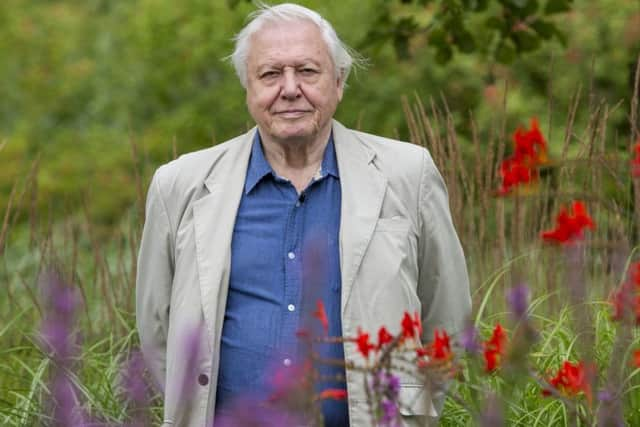

With Sir David’s call on people across the UK to help count the butterflies they find over the next few weeks, Richard Fox of Butterfly Conservation highlighted a few of the bright and colourful species you might find here in Fife.
Advertisement
Hide AdAdvertisement
Hide Ad“One species which is spreading northwards is the comma butterfly,” he said.
“Back in the 1970s, you wouldn’t find it north of the English Midlands, but now it’s increasingly common in the east of Scotland as it spreads northwards.
“It’s very distinctive, as it has a ragged edge to its wings, unlike the smoother, more rounded edged most have. You may also see a holly blue butterfly.
“Some species are threatened with extinction. Some common species are struggling.
Advertisement
Hide AdAdvertisement
Hide Ad‘‘The small tortoiseshell butterfly is one species which is definitely in decline. It used to be a fairly common bright, colourful garden visitor.


“But since the 1970s its population has dropped by 75 per cent in the UK.”
And it’s for that very reason that our help is needed to gauge which species are and aren’t appearing in our gardens.
Known as the Big Butterfly Count, the three weeks up to August 6 are a chance for aspiring Attenboroughs to go out and spend a short while in the sunshine.
Advertisement
Hide AdAdvertisement
Hide AdRichard Fox added: “It’s aimed at normal people; gardeners, or parents or grandparents, anyone, who can spare just 15 minutes. It’s a great for kids, so get the family involved.”
So if you’re looking to do your bit for wildlife, try leaving some parts of your garden to grow wild, and keep an eye out for any colourful visitors.